The Spanish Flu:
Effects Continued
Long-Term Effects Of 1918
A major long-term effect was the medical advancements and improved healthcare systems due to the pandemic. For example, the vaccines and mask regulations implemented by the government.
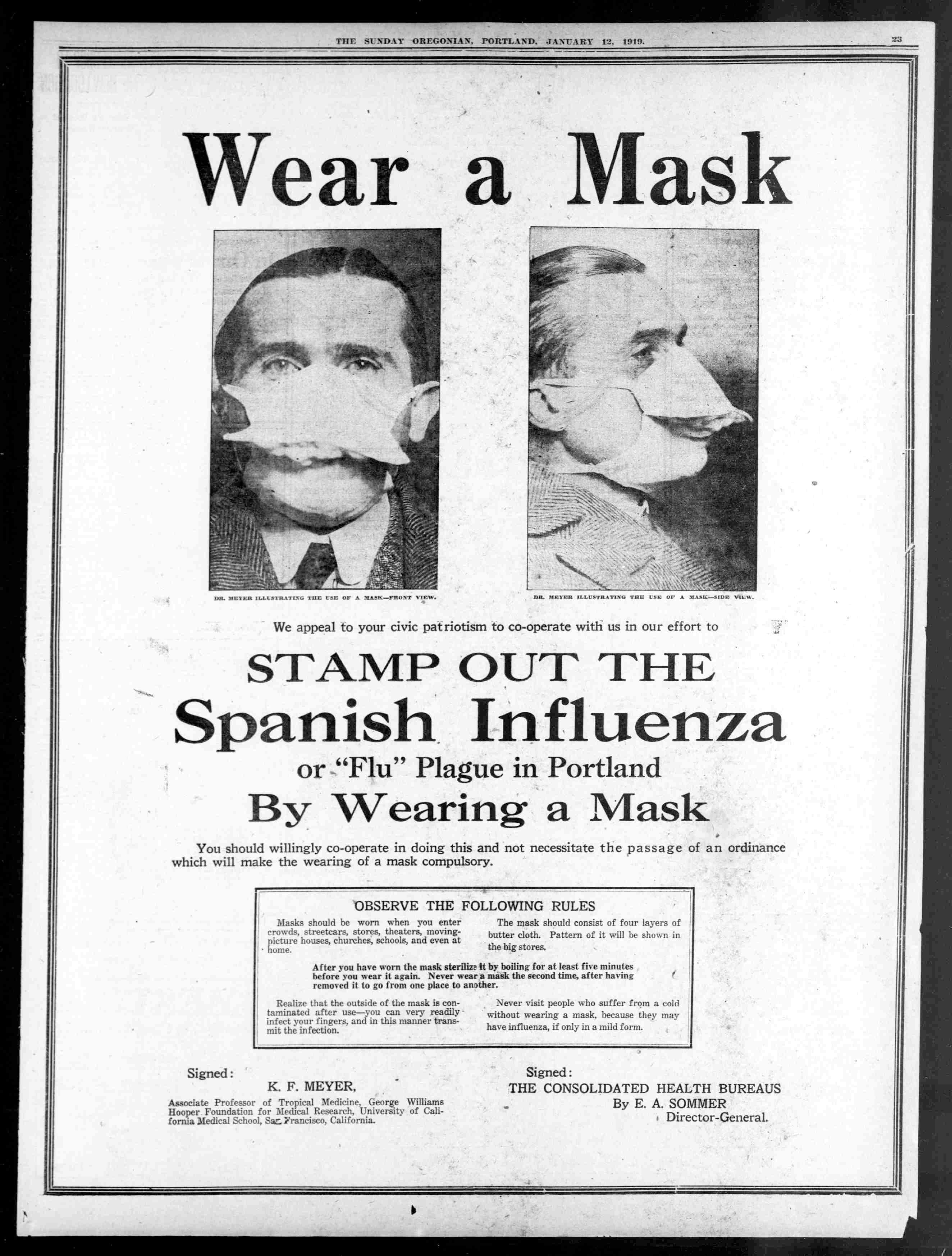
A newspaper advert in the January 12, 1919 edition of The Sunday Oregonian appeals to reader's "civic patriotism" to encourage wearing masks in combating the 1918 flu. (University of Oregon)
"In the 1920s, many governments embraced new concepts of preventive medicine and socialized medicine."
- Nancy Mimm, Harrisburg University

Hecht, Solomon. Industrial sanitary & factory inspector. New York: Civil Service Chronicle, 1918.
"The flu afflicted over 25 percent of the U.S. Population. In one year, the average life expectancy in the United States dropped by 12 years."
- Unknown
Later studies show that the pandemic had some impact on people's immune systems and how they function and their lung capacities.
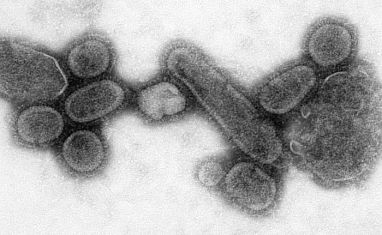
An electron micrograph of reconstructed virus that caused the 1918 pandemic. Courtesy of the CDC, PHIL 8243.
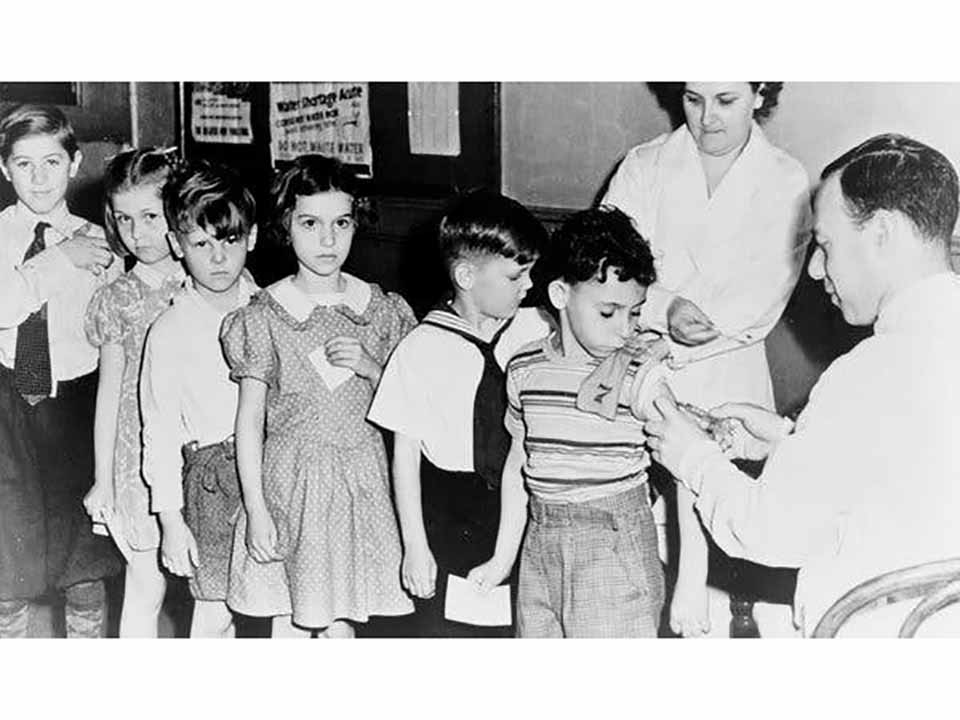
Children in a school in New York City in the late 1940s line up for their flu vaccination. Courtesy of the Library of Congress.
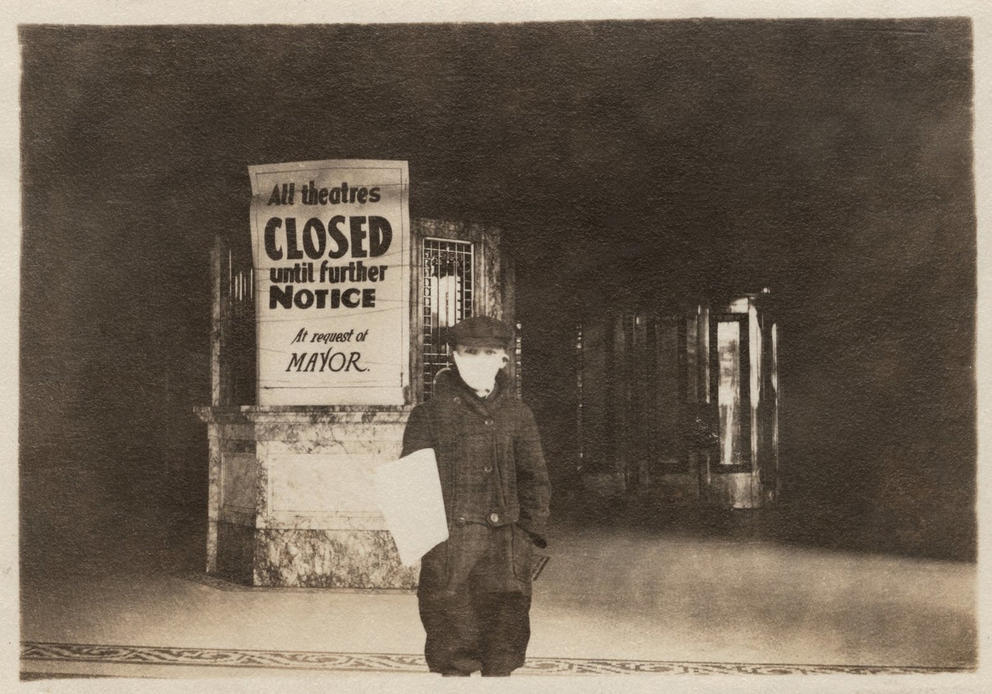
A newspaper boy in 1918 Seattle wears a mask in front of a closed theater. In response to the flu pandemic of that time, theaters, churches and schools were closed by the city's health commissioner. (MOHAI)
In addition, another long term effect of the Pandemic of 1918 was the medical issues of people seen later on.
"With an estimated death toll of 675,000 people in the United States, the pandemic lowered the average life expectancy by more than 12 years [10]."
- Health Econ. 2021
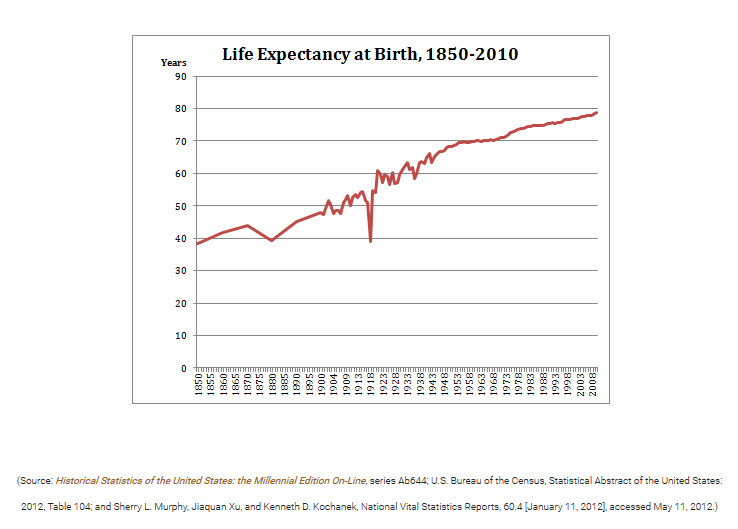
Chart shows dramatic dip in life expectancy in 1918.
"Because of this, researchers hypothesized that the 1918 flu virus may have provoked the immune system to create uncontrolled inflammation as it tried to fight off the infection. This reaction could account for the rapid lung failure and death seen in people infected by the virus."
- New Clues about 1918 Influenza Virus, NIH, October 6, 2006